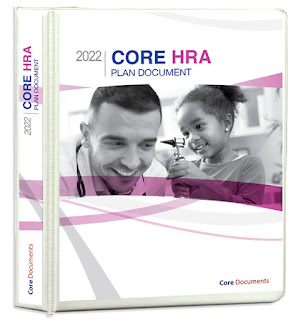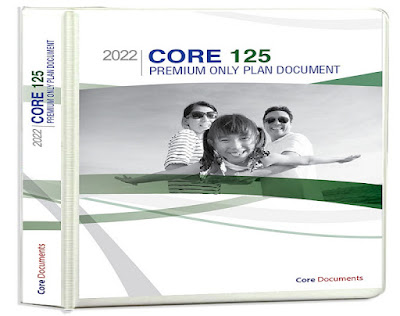Mastering Employee Benefits: A Deep Dive into Health FSA and Dependent Care Assistance Plan FSA Plan Documents
Introduction
Employee benefits
are a cornerstone of modern employment, and Flexible Spending Accounts (FSAs)
play a pivotal role in providing financial flexibility and peace of mind to
employees. In this blog post, we'll delve into the essential components of
Health FSA and Dependent Care Assistance Plan FSA Plan Documents, helping employers and employees alike understand
how these benefits can improve their financial wellness.
 |
| Dependent Care Assistance Plan FSA Plan |
Understanding Health FSA and Dependent Care Assistance Plan FSAs
Before we explore the plan documents, let's briefly
define the two types of FSAs:
Health Flexible
Spending Account (Health FSA): A Health FSA plan document allows employees to set aside pre-tax dollars from their
paycheck to cover eligible medical expenses not covered by insurance, such as
copayments, deductibles, prescription drugs, and even some over-the-counter
medications. The funds can be used for the employee's own medical expenses or
those of their dependents.
Dependent Care
Assistance Plan (DCAP) FSA: A DCAP FSA enables employees to allocate pre-tax
dollars for eligible dependent care expenses, including daycare, preschool, and
after-school programs for children, as well as care for disabled dependents
while the employee works.
The Role of FSA Plan Documents
FSA Plan Documents
are written guides that outline the rules, policies, and administration
procedures for Health FSA and DCAP FSA plans. These documents are essential for
maintaining compliance with IRS regulations and ensuring the smooth operation
of the plans.
Key Components of FSA Plan Documents
Plan Description:
The plan document
should provide a clear and concise explanation of the FSA plan, its purpose,
and the benefits it offers to employees.
Describe the
difference between a Health FSA and a DCAP FSA, including the types of eligible
expenses for each.
 |
| Health fsa plan document |
Eligibility and Participation:
Define who is
eligible to participate in the FSA plans, including any waiting periods or
probationary periods.
Explain how
employees can enroll in the plans, opt out, or make changes during open
enrollment or qualifying life events.
Contributions:
Detail how
employees can make contributions, including limits, election periods, and any
employer contributions or matches.
Clarify the
use-it-or-lose-it rule for Health FSAs and any carryover or grace period
options.
Reimbursement Procedures:
Outline the
process for employees to submit claims and request reimbursements for eligible
expenses.
Specify
documentation requirements and deadlines for submitting claims.
Reporting and Compliance:
Describe the
reporting requirements, including the annual notice to employees, as well as
IRS Form 5500 filing (if applicable).
Explain how the
plans comply with IRS regulations, including nondiscrimination testing.
Plan Administrator:
Identify the plan
administrator responsible for overseeing the FSA plans and provide their
contact information.
Include
information on how employees can contact the plan administrator for questions
or assistance.



Comments
Post a Comment